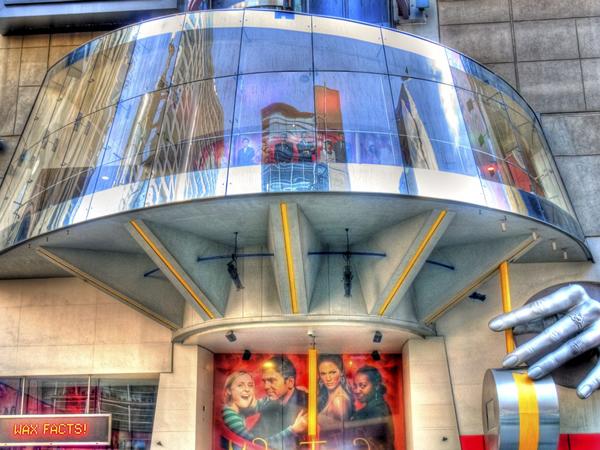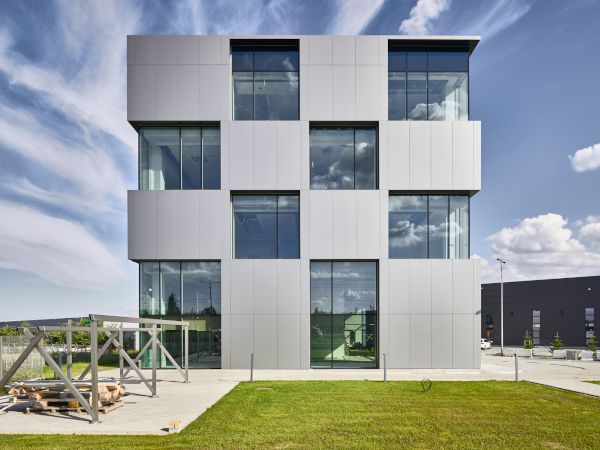
Date: 24 October 2016
One of the most recognizable names in entertainment is Madame Tussauds and its chain of wax museums. Their attractions are based on an obsession with fame and illusions.
What started out as a humble museum in London is now one of the most popular wax museums across the globe.
 The New York branch is in the heart of Times Square and is just one of six Madame Tussauds locations in the United States. The brand has spread globally as well with six in Europe, seven in Asia, and one in Australia.
The New York branch is in the heart of Times Square and is just one of six Madame Tussauds locations in the United States. The brand has spread globally as well with six in Europe, seven in Asia, and one in Australia.
Although New York’s Times Square Madame Tussauds opened several years ago, the legacy of this hugely popular attraction dates all the way back to the 18th century.
Anna Marie “Madame” Tussaud was born in Strasbourg, France. She moved to Paris as a child, where she learned the art of wax modeling from the renowned Dr. Philipe Curtius in the 1770s.
As a teenager she became an art tutor at the Palace of Versailles for the royal family, but her career path took a macabre turn when she was forced to make death masks of executed aristocrats during the French Revolution.
She eventually took her talents to London, where in 1835, she set up shop on Baker Street to show off her masks and sculptures in a permanent collection. Today, Madame Tussauds has become a global phenomenon.
 The Madame Tussauds New York location opened its doors in 2000 with 5 floors of attraction space and over 200 figures; it has quickly become a popular tourist destination in New York City.
The Madame Tussauds New York location opened its doors in 2000 with 5 floors of attraction space and over 200 figures; it has quickly become a popular tourist destination in New York City.
The building designers at the architecture firms of Ohlhausen Dubois Architects and IMG had a difficult task to make this museum standout in a city of sensory overload. The team relied on the glazing experts at W&W Glass to help make that happen with an iconic glass feature on the building facade.
The unique exterior enclosure is comprised of various glazing systems, metal panels, precast wall panels, stone, and E.I.F.S.
The facade also features exterior elevators and extensive exterior signage for the tenants. However, for the most interesting portion of the work, W&W Glass went with a tried and true system to create a Pilkington Planar™ system glass fin wall.
The conical, spaceship-shaped structural glass curtain wall area was constructed out of Pilkington Optiwhite™ low-iron monolithic curved tempered glass.
The different heights of glass and panel curvature is what gives the entrance a magical feel of flight and an air of grandeur.
The monolithic tempered glass fins on the interior utilized Pilkington Optiwhite™ low-iron glass as well.
This airy rotunda dramatically juts out over the museum entrance on 42nd Street, between Seventh and Eighth Avenues, offering a nice bird’s-eye-view of Times Square.

To add to the mystical feel, giant hands surround the front of the building at the top the elevator and the bottom of the glass enclosure, as if they were conducting a masterful puppet show.
Madame Tussauds is a celebration of celebrity in all its waxen glory. More than 200 famous people – Oscar winners, sports champions, newsmakers, pop goddesses, and historical figures smile widely and willingly pose for photographs.
Where else will you see Jimi, Janis, and Jagger all together? Or the Dalai Lama, the Pope, and Gandhi standing side-by-side!
It’s a trip through time and a surprisingly educational tour of American pop culture with some amusement park-style extras thrown in for maximum fun.
Most importantly, a visit to Madame Tussauds is all about the photo op, so make sure the battery is charged and the memory card is cleared.
 600450
600450

















Add new comment